Coffee Labels: What Do the Numbers Really Mean?
Coffee labels can often feel like a mystical code, a string of numbers and terms shrouded in mystery waiting to be decoded. As you wander through the aisles or scroll through online stores, you encounter these labels promising clarity on what to expect inside each bag. The numbers typically provide insights into the coffee's roast level, origin, and even its coffee flavor profile labels. These numerical codes may hint at the acidity, body, and notes you might savor when you brew a cup. Understanding these figures enriches your coffee experience, allowing you to select beans that perfectly align with your palate preferences.
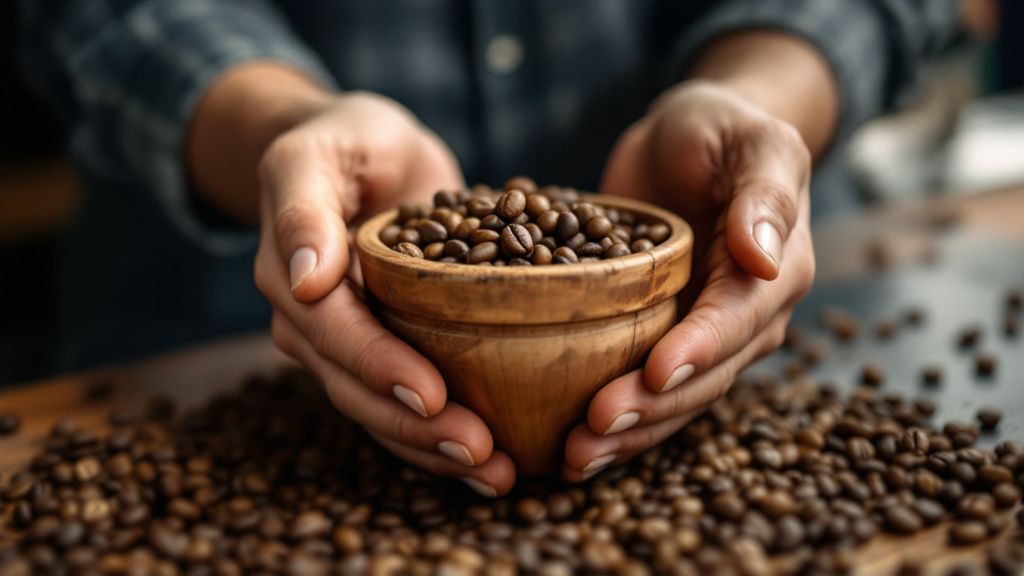
The Basics of Coffee Grading
The numbers on coffee labels are often rooted in the basics of coffee grading, a system established to ensure quality and consistency in flavor. According to recent studies, the complex compounds in coffee beans give rise to distinct coffee flavor profiles, which coffee grading helps to quantify and describe. This process assists both producers and consumers in understanding the quality and characteristics of each batch, such as notes of citrus, chocolate, or nutty undertones.
In coffee grading, beans are scored based on several factors, including size, moisture content, and defect count. Specialty coffees, for instance, require a score of 80 or above on a 100-point scale. These scores are crucial not only for pricing but also for informing you about the likely taste profile based on the numbers observed on coffee flavor profile labels.
The grading process often involves certified Q graders, experts who assess and rate the bottles in a highly controlled environment. Their method is scientific, yet it depends on a refined sense of taste that enables them to detect subtle flavors and aromas. This meticulous evaluation helps ensure that you can trust the numbers you see, making them a reliable guide in your quest for the perfect brew.
Why Coffee Has Numbers
Numbers on coffee labels serve a crucial purpose, acting as a quick guide to the roast's characteristics and quality. These numbers provide insight into the flavor intensity, allowing you to decipher how light or dark the roast might be and what nuances of taste you can expect. Additionally, they contribute to standardized consumer guidance, making it easier to predict and select flavors that match your preferences.
Looking at coffee labeling through the lens of cultural significance, we can see that numbers also bridge language barriers. In a global market where coffee is both a commodity and an art, these numbers offer a universal language that communicates essential information about a product's profile. This allows you to make informed choices regardless of your geographical location or native language.
Numbers inform aspects like elevation at which the coffee was grown, influencing the acidity and overall taste profile. Higher elevations typically produce beans with a more complex flavor profile, a fact that coffee aficionados recognize when scanning labels. These numerical insights empower you as a consumer, equipping you with the knowledge to engage with your coffee drinking experience more deeply.
Exploring the Scoring System
The scoring system for coffee is a fundamental tool designed to classify and differentiate brews based on objective criteria. Typically, it's calibrated on a 100-point scale where each element, such as aroma, acidity, and body, contributes to the total score. These scores aren’t just numbers; they represent a culmination of sensory evaluations, providing a measurable way to appreciate the nuances that each coffee offers.
To truly understand the scoring system, you need to shift your mindset from viewing coffee as a simple beverage to appreciating it as a symphony of flavors. By moving from a casual, habitual consumption to a more discerning appreciation, every coffee experience becomes an opportunity to explore new profiles and deepen your understanding. This mindset shift transforms the way you engage with coffee labels, as the numbers begin to narrate a story of complexity and quality.
The system not only benefits seasoned coffee tasters but also acts as a guide for newcomers eager to explore new flavors. It allows you to evaluate quality before purchase, ensuring that what you bring home matches your taste preferences. As you familiarize yourself with the scoring nuances, your coffee selections become more aligned with your unique palate, enriching each sip.
The Importance of Coffee Origin
The origin of coffee plays a pivotal role in determining its flavor profile, an influence rooted in the unique climate, elevation, and soil composition of each growing region. These factors create distinct characteristics, enabling coffee from Ethiopia to offer floral notes, while Brazilian varieties might bring a nutty, chocolatey richness. Recognizing these origins on coffee labels helps you connect with specific regional flavors and understand what to expect in terms of taste.
The current state of coffee appreciation shows a growing trend towards single-origin selections, with consumers increasingly valuing the transparency these labels provide. This trend underscores a pattern where individuals seek to know not just the taste but the story behind their cup of coffee. By focusing on origin, aficionados can trace flavors back to their geographical roots, gaining a deeper appreciation for the bean's journey from farm to cup.
Coffee origin information empowers you to make informed choices, influencing how you interpret coffee flavor profile labels. As you peruse these labels, knowing that certain regions are celebrated for particular qualities allows you to curate your coffee experiences. Origin details thus become a vital component in crafting an enriched, personalized coffee adventure, inviting you to explore diverse global landscapes with each sip.
Understanding Coffee Roast Levels
Coffee roast levels are crucial in defining the flavor, aroma, and body of your coffee. These roast levels range from light to dark, each offering a unique taste experience. Light roasts are characterized by their bright acidity and delicate flavors, often highlighting the bean's natural characteristics. As you venture into medium roasts, notes become balanced, creating a harmonious blend of acidity and body, popular for its versatility.
While many believe that darker roasts herald stronger flavors, there’s a strong case for the subtleties within lighter roasts as well. Dark roasts do offer robust, bold flavors often accompanied by a smoky undertone, but lighter roasts provide a spectrum of nuanced tastes that can be equally compelling. This counterargument highlights the importance of trying various roast levels to discover one that caters precisely to your preferences.
Understanding roast levels on coffee flavor profile labels enhances your ability to make choices that align with your palate. Depending on the roast, you might prefer lighter roasts in the morning for their subtle fruitiness, reserving darker, richer brews for the afternoon. This knowledge enables you to experiment with coffee labels, opening up a world of exploration within the realm of coffee tasting.
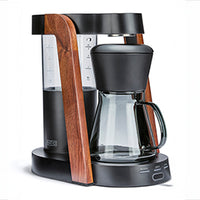 Ratio Eight S2
Ratio Eight S2
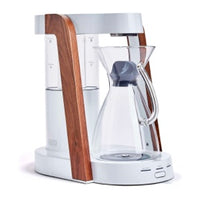 Ratio Eight Original
Ratio Eight Original
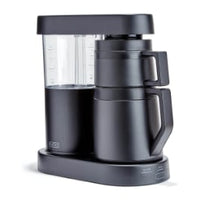 Ratio Six
Ratio Six
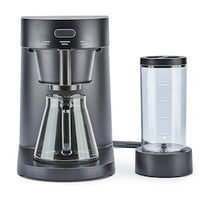 Ratio Four
Ratio Four
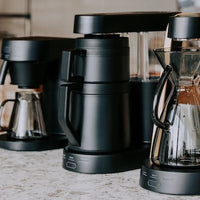 Compare Machines
Compare Machines






